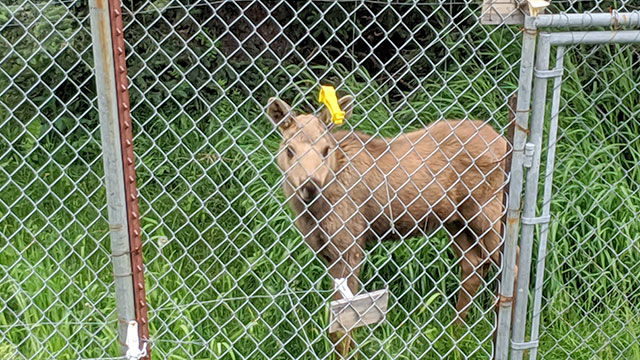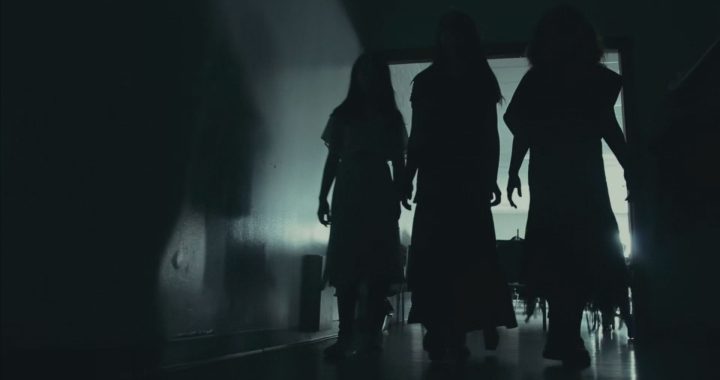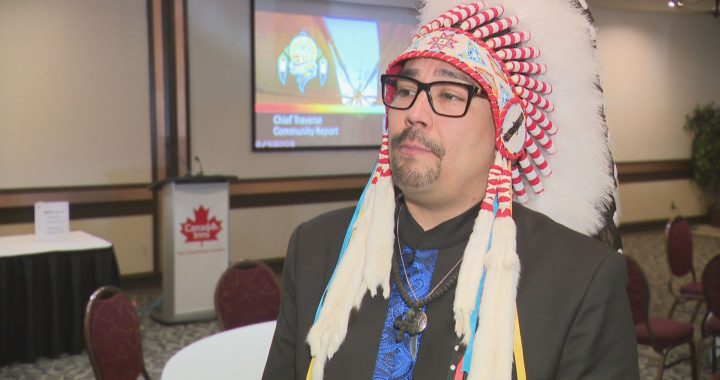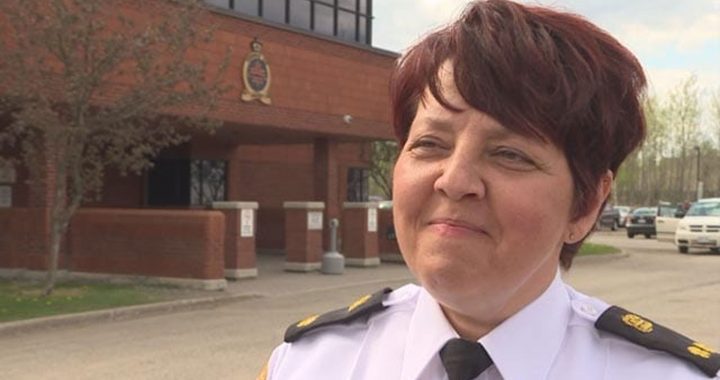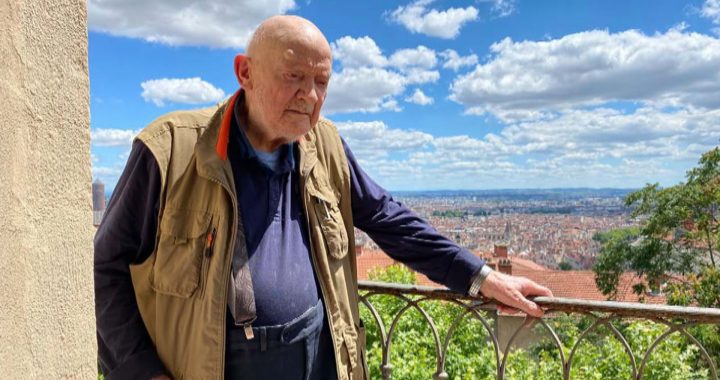The owner of the Cochrane Ecological Institute is criticizing how the province of Alberta handled the release of two bears back into the wild after one bear was shot dead.
Clio Smeeton said Charlie and Maskwa, two bear cubs brought to her compound should have been released as a pair rather than separately and far from human settlements.
“It made more sense to put both cubs in one transport. Take them up to the Wilmore Wilderness area and let them go together up there, rather than put them in two separate transports with four drivers going to the opposite ends of the province,” Smeeton said.
“And the southern part of the province is way more human impacted than the north.”
(Charlie, left, and Maskwa at the institute. Charlie was killed July 1. Photo courtesy: Cochrane Ecological Institute)
Charlie arrived to the institute May 18, 2018. Maskwa arrived July 18, 2018.
Both were were released into the wild on June 20.
On July 1, Charlie was shot dead after it wandered near children.
According to Alberta Environment and Parks, the bruin had travelled about 120 km from where it was released.
Smeeton has been rehabbing animals since the 1960s.
Thousands of animals of all types have been in and out of her shelter.
For her work reintroducing the Swift Fox to the Kainai people in Alberta, and Blackfoot in Montana, she was given a Blackfoot name.
(Clio Smeeton has been rehabilitating animals since the 1960s. Photo: Chris Stewart/APTN)
The Cochrane Institute had been rehabbing the two black bears for release into the wild.
Smeeton said she’s also disappointed with the timing of the release.
She said a winter release gives the cubs a much better chance for survival.
“If you release in the winter with an artificial hibernating box or an artificial den site, you have an 88 per cent survival,” she said. “Whereas if you release in the summer, you have a 55 percent survival.
“And in actual fact, that is what happened with Charlie and Maskwa.”
Smeeton said there is available space in southern Alberta and the Kainai Bloodtribe has plenty of land for bears.
“They have been extremely supportive of bear release. They wrote to the previous minister to say they supported bear release,” she said. “Rescue and release. So obviously, if you are going to release bears, talk to the Kainai, and say what do you recommend? Where should we do it?”
(Wendy, a baby moose is one of several animals at the Cochrane Ecological Institute. Photo: Chris Stewart/APTN)
APTN News requested an interview with Alberta Environment and Parks about the bears but declined the invitation.
A statement was sent instead.
“Best practice indicates that releasing wildlife in the location where they were originally found is the best option,” the statement said. “Which is what was done in the case of the two bears rehabilitated at the Cochrane Ecological Institute.”
After Charlie’s death, Alberta Environment and Parks said its evaluating the institutes ability to handle bear cubs.
Read More:
Debate swirls whether to release young bear back into Alberta’s wild
Smeeton said she believes both cubs would likely have survived had her recommendations been followed.
“This is the first incident of human wildlife conflict resulting from wildlife rehab in Alberta to happen, ever,” she said.
“We started doing it in 86. That is a significant indication that it probably wouldn’t have happened had they been released as sibling group up in a suitable release site.
Maskwa, Cree for bear, was seven-months old and near death when brought to the centre.
Apparently she is doing fine after being released in the in the mountains, in Willmore Wilderness Park in northwestern Alberta.




